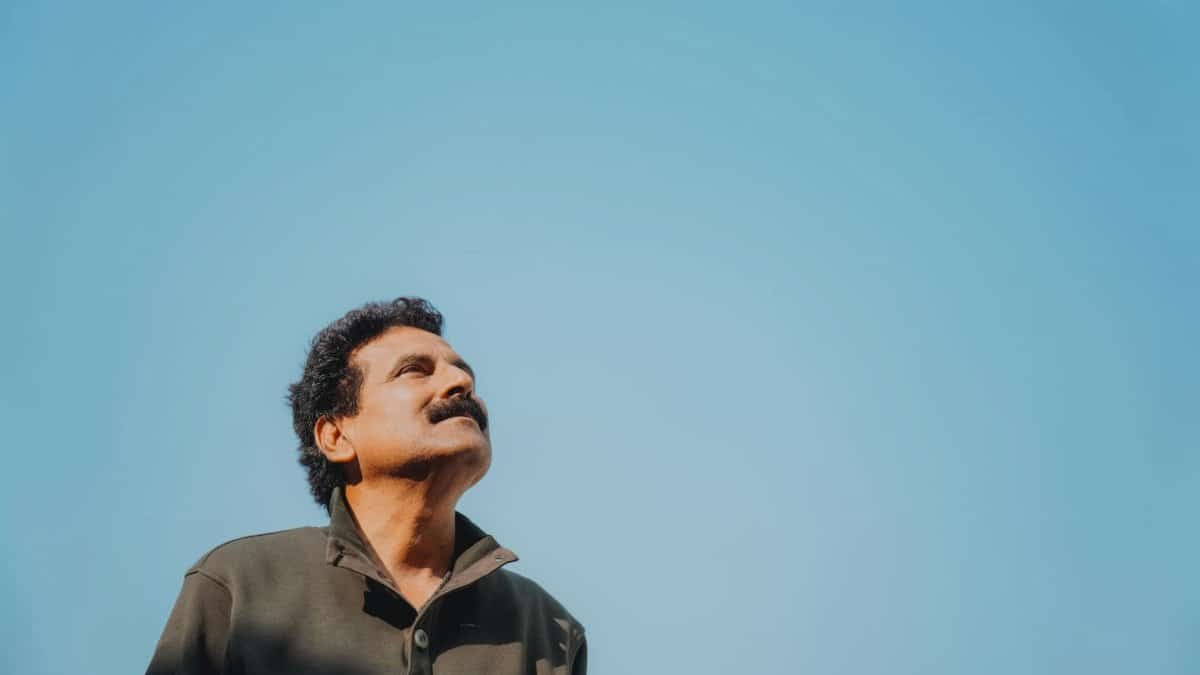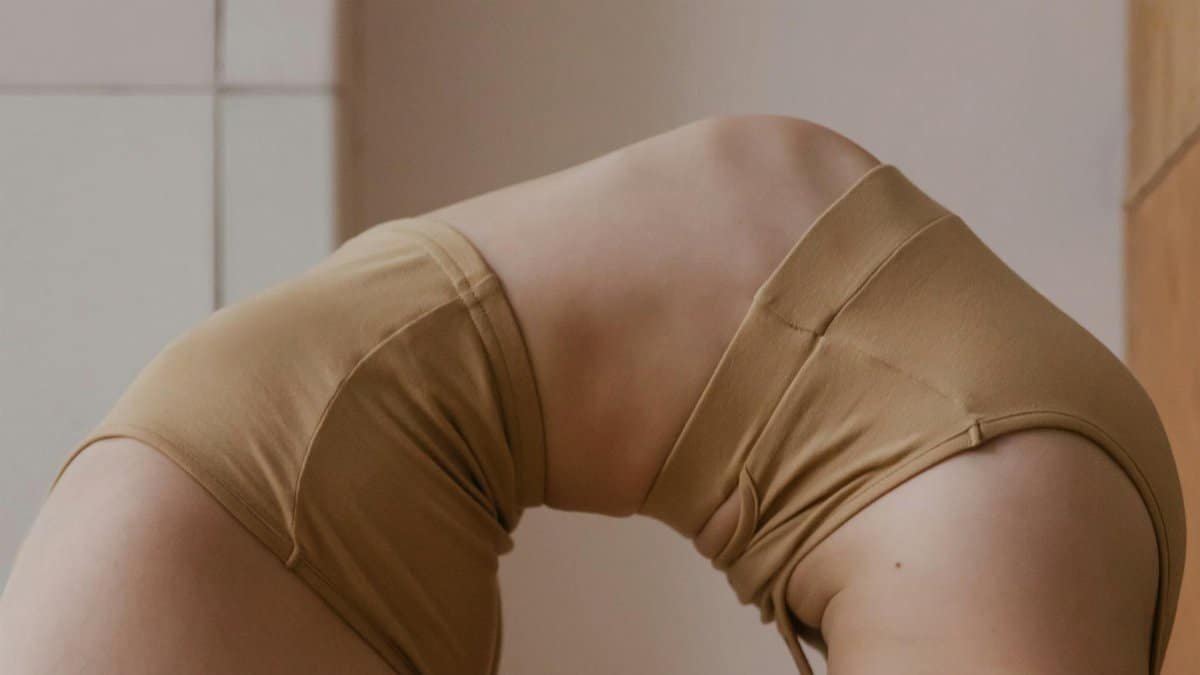A recent study from the National Institutes of Health revealed that nearly 18% of American adults now practice some form of meditation, up from just 4% two decades ago, signaling a quiet revolution in how we chase calm amid chaos. This surge isn’t just about trendy apps or wellness retreats; it’s rooted in a growing recognition that simple tweaks, or meditation hacks, can make mindfulness accessible even in our hectic lives. For middle-aged folks juggling careers, family, and the relentless pace of 2025, these shortcuts promise relaxation without the need for hours of silence or lotus positions. But what makes them effective? They strip away the intimidation, turning ancient practices into practical tools for everyday relief. As stress levels climb with economic uncertainties and digital overload, these hacks offer a lifeline, backed by science showing real reductions in anxiety and improved sleep.
1. Breathe with Intention to Anchor the Moment

Start simple. Many people dismiss breathing as too basic for meditation, yet it’s the foundation of countless hacks that deliver quick relaxation. Imagine a busy parent in suburban Chicago, pausing amid the morning rush. She inhales deeply, counting to four, holds for a beat, then exhales slowly. This isn’t just air moving in and out; it’s a deliberate reset. Research supports this approach. A study published in the Journal of the American Medical Association found that focused breathing techniques can lower cortisol levels by up to 25% in just minutes.JAMA Study on Breathing and Stress.
The beauty lies in its portability. No special gear required. During a tense work call, one might silently count breaths, feeling the chest rise and fall. This hack transforms mundane moments into opportunities for calm. Online discussions often highlight how such intentional pauses help users navigate overwhelming days, with one anonymous account describing it as “a mental shield against the storm.” Yet, it’s not without nuance. For some, the focus on breath can initially heighten awareness of tension, a temporary hurdle that fades with practice. Over time, this builds resilience, making relaxation a habit rather than a rare escape.
Experts emphasize consistency. Pair it with a daily cue, like the chime of a coffee maker, to embed it seamlessly. In a world where screens demand constant attention, this hack reclaims control, fostering a sense of agency that ripples into better decision-making and emotional balance.
2. Visualize Serenity Through Guided Imagery

Picture a tranquil beach at sunset, waves lapping gently. This isn’t escapism; it’s a potent meditation hack known as guided imagery, which harnesses the mind’s eye for deep relaxation. For those in their forties and fifties, facing midlife pressures like aging parents or career pivots, this technique offers a mental vacation without leaving the couch.
Begin by closing your eyes and scripting a peaceful scene. Add sensory details: the warmth of the sun, the salty breeze. A report from the Mayo Clinic underscores its efficacy, noting that visualization can reduce blood pressure and ease chronic pain.Mayo Clinic on Meditation Techniques. One illustrative snapshot comes from a group session in a New York community center, where participants shared how imagining a forest path melted away urban stress, their faces softening as they described the rustle of leaves.
But variety keeps it fresh. Switch scenes to match moods, a mountain vista for clarity or a cozy cabin for comfort. This flexibility counters the monotony that derails many meditation attempts. While some find it effortless, others grapple with wandering thoughts, a common tension that invites gentle redirection rather than frustration. Integrating it before bed can enhance sleep quality, as evidenced by sleep studies linking imagery to faster onset of restful states.
As 2025 brings more virtual realities into our lives, this analog hack stands out, reminding us that true relaxation often blooms from within, not from gadgets.
3. Incorporate Movement for Mindful Flow

Who says meditation requires stillness? Enter the hack of mindful movement, blending gentle activity with awareness to unlock relaxation. Think walking in a park, each step deliberate, noticing the ground beneath your feet. This appeals to restless types who find sitting cross-legged unbearable.
In practice, it could be yoga poses or even swaying to soft music at home. A Pew Research survey highlights how such dynamic practices are gaining traction among Americans over 40, with many reporting improved mood and reduced fatigue.Pew Research on Wellness Practices. Consider the story of a teacher in Texas, who, after a grueling day, paces her backyard mindfully, syncing breath with strides. “It clears the clutter,” she might say, her tension easing with each loop.
Yet, the approach demands adaptation. For those with physical limitations, seated arm circles or finger tapping suffice. This inclusivity broadens its reach, addressing criticisms that traditional meditation ignores diverse bodies. Tensions arise when movement turns rote, so infusing curiosity, like observing bird calls mid-walk, keeps it engaging. Science backs the benefits: Harvard Medical School notes that mindful movement enhances neuroplasticity, fortifying the brain against stress.Harvard Health on Yoga and Mindfulness.
Ultimately, this hack reframes exercise as a meditative ally, turning routine into ritual for sustained calm.
4. Use Affirmations to Ease Deep-Seated Stress

At the heart of effective meditation hacks lies the power of words. Affirmations, repeated positive statements, target stress directly, rewiring thought patterns for profound relaxation. This fourth hack stands out for its ability to dissolve the knots of anxiety that build over years of deadlines and disappointments.
Craft phrases like “I release tension with each breath” and whisper them during quiet moments. Evidence from the National Center for Complementary and Integrative Health shows affirmations can modulate the brain’s stress response, promoting emotional equilibrium.NCCIH on Meditation Benefits. Picture a accountant in Atlanta, facing end-of-quarter pressures. He pauses at his desk, affirming calm, and feels the grip of worry loosen, his shoulders dropping as clarity returns.
Personalization is key. Tailor affirmations to specific stressors, whether financial woes or family strains. One recent public account online captured this: someone described how daily affirmations transformed insomnia into restful nights, easing the chronic stress of remote work in 2025’s hybrid economy. However, skepticism persists; affirmations aren’t magic, and pairing them with action prevents hollow repetition. When doubts creep in, that’s the cue to refine the words, exploring why resistance arises.
This hack’s strength? It empowers users to confront stress head-on, fostering resilience that echoes through daily life, from boardrooms to bedrooms.
5. Create a Sensory Anchor for Instant Calm

Round out your toolkit with a sensory anchor, a tangible object or scent that triggers relaxation. This meditation hack leverages the senses to bypass overthinking, pulling you back to the present swiftly.
Choose something small, like a smooth stone or lavender oil. Hold it, inhale, and let associations of peace flood in. Studies from the American Psychological Association link sensory cues to faster stress reduction, enhancing meditation’s accessibility.APA on Mindfulness and Meditation. In a bustling Seattle office, a manager might rub a worry bead during meetings, her mind settling as the texture grounds her amid negotiations.
Experimentation adds depth. Swap anchors seasonally, a feather in summer for lightness, wool in winter for warmth. This prevents staleness, a pitfall for long-term practitioners. Tensions emerge if the anchor becomes a crutch, so use it as a bridge to unaided calm. Broader trends in 2025 show rising interest in multisensory wellness, with apps incorporating haptic feedback, yet this low-tech version endures for its simplicity.
By engaging the body directly, this hack makes relaxation tangible, a reminder that peace isn’t abstract but woven into the fabric of our senses.
